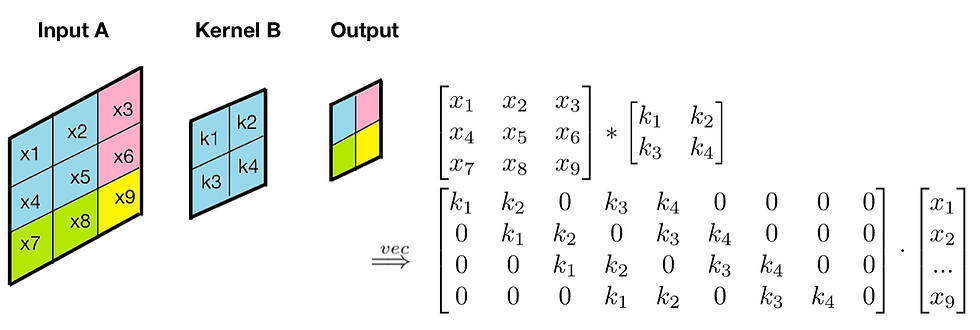Hardware-Assisted Malware Detection and Localization using Explainable Machine Learning
- Jaden Pan

- Dec 13, 2020
- 1 min read
Updated: May 20, 2022
Malicious software, popularly known as malware, is widely acknowledged as a serious threat to modern computing systems. Software-based solutions, such as anti-virus software (AVS), are not effective since they rely on matching patterns that can be easily fooled by carefully crafted malware with obfuscation or other deviation capabilities. While recent malware detection methods provide promising results through effective utilization of hardware features, the detection results cannot be interpreted in a meaningful way. In this paper, we propose a hardware-assisted malware detection framework using explainable machine learning. This paper makes three important contributions. First, we theoretically establish that our proposed method can provide interpretable explanations for classification results to address the challenge of transparency. Next, we show that the explainable outcome through effective utilization of hardware performance counters and embedded trace buffer can lead to accurate localization of malicious behavior. Finally, we have performed efficiency versus accuracy trade-off analysis using decision tree and recurrent neural networks. Extensive evaluation using a wide variety of real-world malware datasets demonstrates that our framework can produce accurate and human-understandable malware detection results with provable guarantees.

https://www.computer.org/csdl/journal/tc/5555/01/09712240/1AUknd3l2Cs




Comments